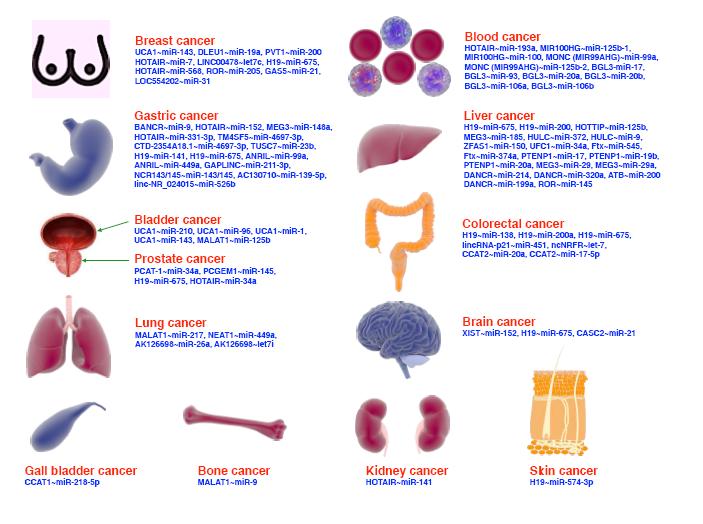In order to solve the problems of difficult test, high cost and long cycle in the development of large-scale airborne negative pressure isolation system, the simulation analysis of negative pressure response characteristics is carried out around various aviation conditions such as aircraft ascending, leveling and descending, especially rapid decompression, based on the computational fluid dynamics (CFD) method. The results showed that the isolation cabin could achieve –50 Pa pressure difference environment and form a certain pressure gradient. The exhaust air volume reached the maximum value in the early stage of the aircraft’s ascent, and gradually decreased with the increase of altitude until it was level flying. In the process of aircraft descent, the exhaust fan could theoretically maintain a pressure difference far below –50 Pa without working; Under the special condition of rapid pressure loss, it was difficult to deal with the rapid change of low pressure only by the exhaust fan, so it was necessary to design safety valve and other anti-leakage measures in the isolation cabin structure. Therefore, the initial stage of aircraft ascent is the key stage for the adjustment and control of the negative pressure isolation system. By controlling the exhaust air volume and adjusting parameters, it can adapt to the change of low pressure under normal flight conditions, form a relatively stable negative pressure environment, and meet the needs of biological control, isolation and transport.
Citation: GUO Lei, LI Falin, JIANG Lang, DU Haibo, XUE Bingjie, YONG Wei, JIANG Yuanyuan, ZHANG Muzhe. Simulation analysis of adaptability of large airborne negative pressure isolation cabin to aviation conditions. Journal of Biomedical Engineering, 2025, 42(4): 775-781, 789. doi: 10.7507/1001-5515.202403011 Copy
Copyright © the editorial department of Journal of Biomedical Engineering of West China Medical Publisher. All rights reserved




